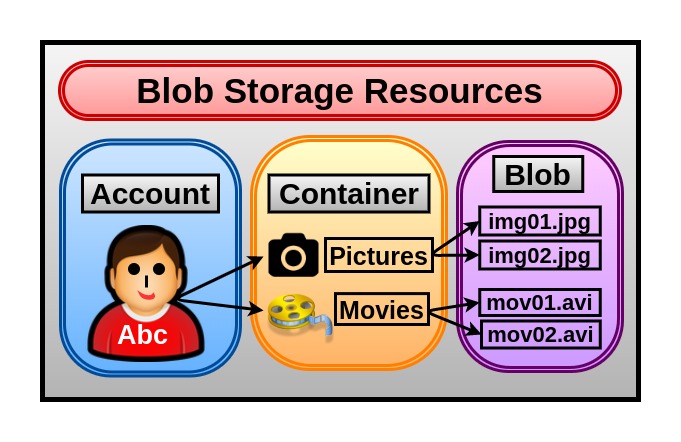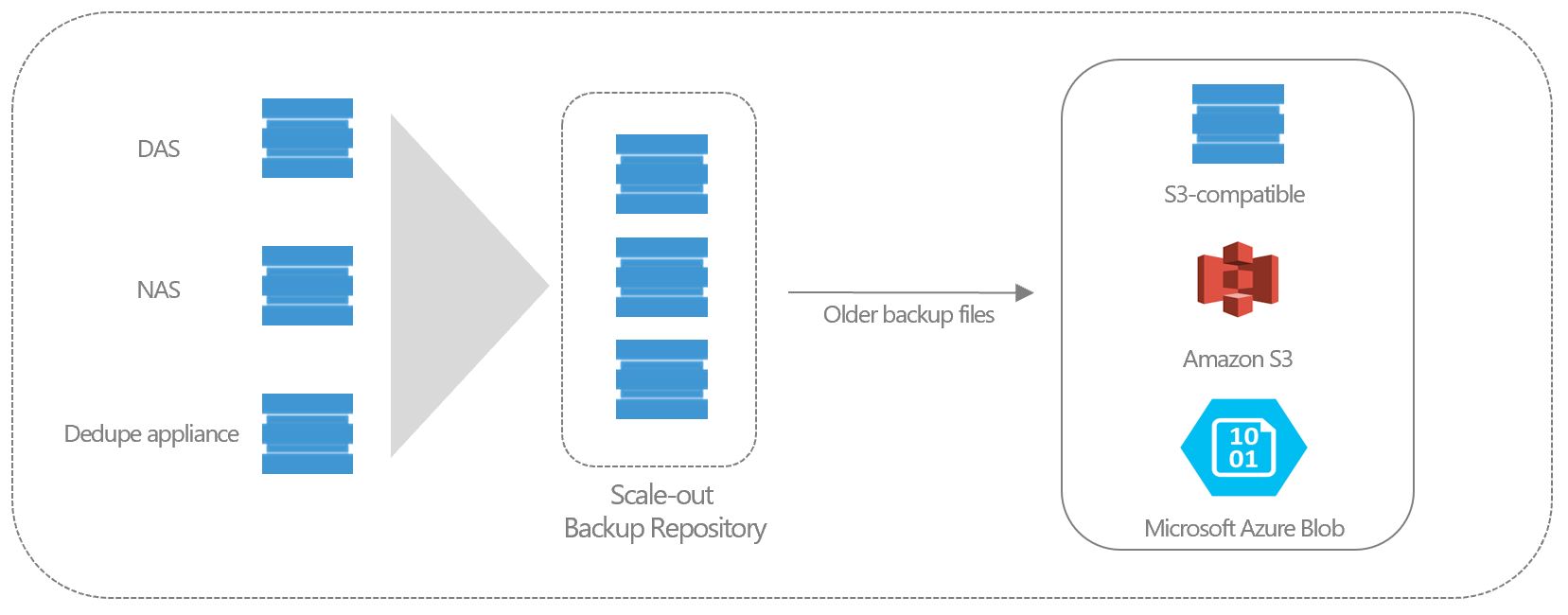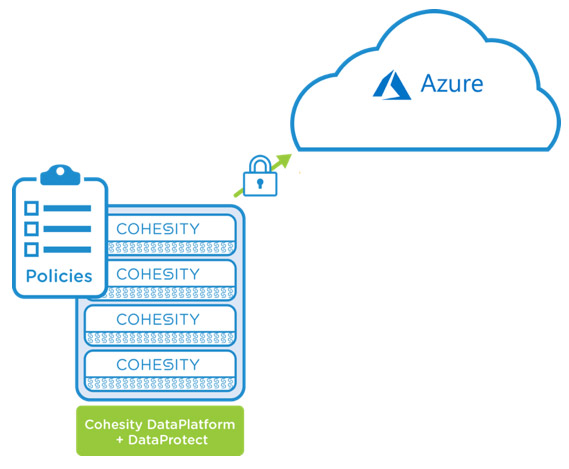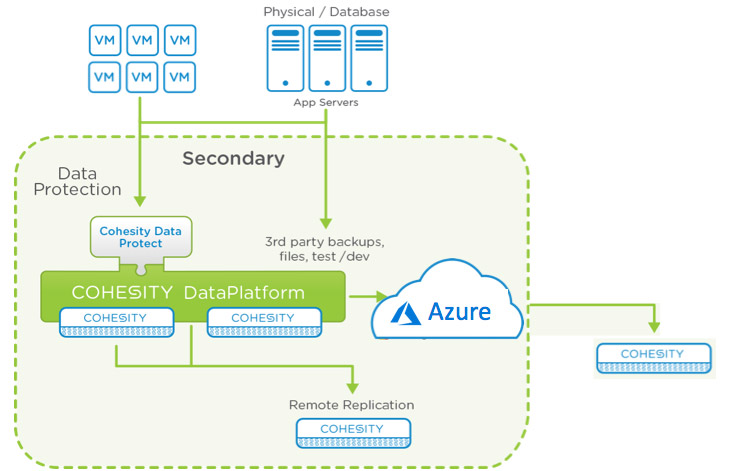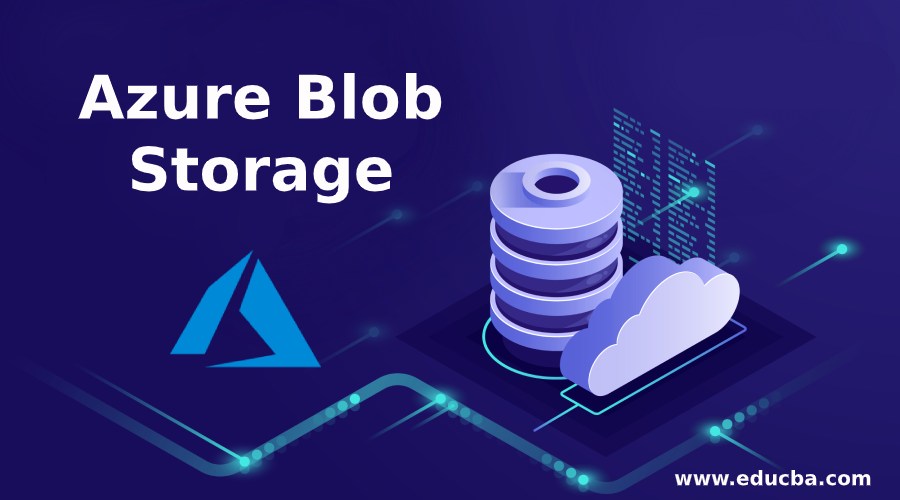What is Blob Storage Archive Tier?
Blob Storage Archive Tier is a data storage solution offered by Microsoft Azure that provides long-term retention and cost-effective storage for infrequently accessed data. It is designed for data that is accessed less than once a year, making it an ideal solution for archiving and storing large volumes of data. Blob Storage Archive Tier offers significant cost savings compared to other storage tiers, with the trade-off being longer retrieval times for archived data.
In terms of access, Blob Storage Archive Tier is designed for data that can tolerate longer retrieval times. The cost of storing data in this tier is much lower than other storage tiers, making it an attractive option for organizations that need to store large amounts of data for long periods. Blob Storage Archive Tier differs from other storage tiers in terms of cost and performance, providing a cost-effective solution for long-term data retention.
Benefits of Using Blob Storage Archive Tier
Blob Storage Archive Tier offers several benefits to organizations that need to store large volumes of data for long periods. One of the primary advantages is cost savings. Blob Storage Archive Tier is significantly cheaper than other storage tiers, making it an attractive option for organizations that need to store data that is accessed infrequently.
Another benefit of using Blob Storage Archive Tier is long-term retention. The archive tier is designed for data that can tolerate longer retrieval times, making it an ideal solution for archiving and storing data that is accessed less than once a year. This makes it an excellent option for organizations that need to retain data for compliance purposes or for historical record-keeping.
Blob Storage Archive Tier also offers flexibility in terms of data management. Organizations can set retention policies to ensure that data is automatically moved to the archive tier after a certain period, reducing the need for manual intervention. Additionally, access to the archive tier can be managed at the blob level, allowing organizations to control who has access to specific data.
In summary, Blob Storage Archive Tier offers cost savings, long-term retention, and flexible data management options, making it an attractive solution for organizations that need to store large volumes of data for long periods.
How to Use Blob Storage Archive Tier
To use Blob Storage Archive Tier, follow these steps:
- Create a storage account: To use Blob Storage Archive Tier, you need to create a storage account in Azure. This can be done through the Azure portal or by using Azure CLI.
- Create a container: Once you have created a storage account, you need to create a container to store your data. Containers can be created through the Azure portal or by using Azure CLI.
- Upload data: After creating a container, you can upload data to it. Data can be uploaded through the Azure portal or by using Azure CLI or other tools such as AzCopy.
- Set retention policies: Blob Storage Archive Tier allows you to set retention policies to ensure that data is automatically moved to the archive tier after a certain period. Retention policies can be set through the Azure portal or by using Azure CLI.
- Manage access: Access to Blob Storage Archive Tier can be managed at the blob level, allowing you to control who has access to specific data. Access can be managed through the Azure portal or by using Azure CLI.
- Monitor usage: You can monitor usage of Blob Storage Archive Tier through Azure Monitor, which provides metrics and logs to help you understand how your storage is being used.
- Test retrieval times: Blob Storage Archive Tier is designed for data that can tolerate longer retrieval times. It is important to test retrieval times to ensure that data can be accessed within the required timeframe.
By following these steps, you can effectively use Blob Storage Archive Tier to store and manage your data. It is important to note that data in the archive tier may take several hours to become available for retrieval, so it is not recommended for data that needs to be accessed frequently.
Real-World Applications of Blob Storage Archive Tier
Blob Storage Archive Tier is used in various industries to store and manage large volumes of data. Here are some real-world examples:
- Healthcare: Healthcare organizations use Blob Storage Archive Tier to store medical records, imaging data, and other sensitive information. The archive tier provides long-term retention and cost savings, making it an attractive option for healthcare providers.
- Finance: Financial institutions use Blob Storage Archive Tier to store transactional data, customer records, and other financial data. The archive tier provides compliance with data regulations, cost savings, and long-term retention, making it an ideal solution for financial organizations.
- Media: Media companies use Blob Storage Archive Tier to store multimedia content, such as videos, images, and audio files. The archive tier provides cost savings, long-term retention, and flexible data management options, making it an attractive solution for media companies.
- Manufacturing: Manufacturing companies use Blob Storage Archive Tier to store product designs, engineering data, and other manufacturing data. The archive tier provides cost savings, long-term retention, and flexible data management options, making it an ideal solution for manufacturing organizations.
In each of these industries, Blob Storage Archive Tier provides cost savings, long-term retention, and flexible data management options, making it an attractive solution for organizations that need to store large volumes of data for long periods.
Best Practices for Using Blob Storage Archive Tier
To get the most out of Blob Storage Archive Tier, follow these best practices:
- Organize data: Organize data in a logical and consistent manner to make it easier to manage and retrieve. Consider using folders, naming conventions, and metadata to help organize data.
- Monitor usage: Monitor usage of Blob Storage Archive Tier to ensure that it is being used effectively. Use Azure Monitor to track metrics and logs related to storage usage.
- Test retrieval times: Test retrieval times to ensure that data can be accessed within the required timeframe. Blob Storage Archive Tier is designed for data that can tolerate longer retrieval times, but it is important to test retrieval times to ensure that data can be accessed when needed.
- Set retention policies: Set retention policies to ensure that data is automatically moved to the archive tier after a certain period. This can help reduce the need for manual intervention and ensure that data is retained for the required period.
- Manage access: Manage access to Blob Storage Archive Tier to ensure that only authorized users have access to specific data. Access can be managed at the blob level, allowing you to control who has access to specific data.
- Plan for data transfer costs: Data transfer costs can be higher for Blob Storage Archive Tier, so it is important to plan for these costs. Consider using Azure ExpressRoute or other tools to reduce data transfer costs.
- Check data format compatibility: Check data format compatibility before uploading data to Blob Storage Archive Tier. Some data formats may not be compatible with the archive tier, so it is important to check compatibility before uploading data.
By following these best practices, you can effectively use Blob Storage Archive Tier to store and manage your data. It is important to note that data in the archive tier may take several hours to become available for retrieval, so it is not recommended for data that needs to be accessed frequently.
Challenges and Limitations of Blob Storage Archive Tier
While Blob Storage Archive Tier offers many benefits, there are also some challenges and limitations to consider. Here are some of the most significant challenges and limitations:
- Retrieval times: Data in Blob Storage Archive Tier may take several hours to become available for retrieval. This can be a challenge for organizations that need to access data quickly.
- Data transfer costs: Data transfer costs can be higher for Blob Storage Archive Tier, especially for data that needs to be accessed frequently. It is important to plan for these costs when using the archive tier.
- Data format compatibility: Not all data formats are compatible with Blob Storage Archive Tier. It is important to check data format compatibility before uploading data to the archive tier.
- Limited metadata support: Blob Storage Archive Tier has limited support for metadata. This can make it challenging to manage and organize data in the archive tier.
- Limited versioning support: Blob Storage Archive Tier has limited support for versioning. This can make it challenging to manage and retrieve previous versions of data.
Despite these challenges and limitations, Blob Storage Archive Tier can still be a valuable tool for organizations that need to store large volumes of data for long periods. By understanding these challenges and limitations, organizations can effectively use Blob Storage Archive Tier to store and manage their data.
Future Trends in Blob Storage Archive Tier
Blob Storage Archive Tier is a powerful tool for data storage and management, and its capabilities are continually evolving. Here are some future trends to watch for in Blob Storage Archive Tier:
- Integration with AI and machine learning: As AI and machine learning technologies continue to advance, we can expect to see more integration with Blob Storage Archive Tier. This integration can help organizations automate data management tasks, improve data analysis, and gain insights from their data.
- Automation of data management: Blob Storage Archive Tier is already a cost-effective solution for long-term data retention, but automation of data management can help organizations further reduce costs. Automation can include automatically moving data to the archive tier based on usage patterns, setting retention policies, and managing access to data.
- Hybrid cloud solutions: Hybrid cloud solutions are becoming increasingly popular as organizations look to balance the benefits of cloud computing with the need for on-premises infrastructure. Blob Storage Archive Tier can be a valuable component of a hybrid cloud solution, providing cost-effective long-term data retention and management.
- Improved data format compatibility: As Blob Storage Archive Tier continues to evolve, we can expect to see improved data format compatibility. This can help organizations store and manage a wider variety of data types, making Blob Storage Archive Tier an even more versatile tool for data storage and management.
By staying up-to-date with these future trends, organizations can make the most of Blob Storage Archive Tier and ensure that they are using the most effective and efficient data storage and management solutions available.
Conclusion: Making the Most of Blob Storage Archive Tier
Blob Storage Archive Tier is a powerful tool for data storage and management, offering cost savings, long-term retention, and compliance with data regulations. By understanding how to use Blob Storage Archive Tier, including how to create an archive, set retention policies, and manage access, organizations can make the most of this tool and ensure that they are using it effectively.
Real-world examples demonstrate the versatility and value of Blob Storage Archive Tier across various industries, including healthcare, finance, and media. By following best practices, such as organizing data, monitoring usage, and testing retrieval times, organizations can ensure that they are using Blob Storage Archive Tier in a way that maximizes its benefits and minimizes its challenges and limitations.
As Blob Storage Archive Tier continues to evolve, organizations can expect to see integration with AI and machine learning, automation of data management, and hybrid cloud solutions. By staying up-to-date with these future trends, organizations can ensure that they are using the most effective and efficient data storage and management solutions available.
In summary, Blob Storage Archive Tier is a valuable tool for data storage and management, offering cost savings, long-term retention, and compliance with data regulations. By following best practices and staying up-to-date with future trends, organizations can make the most of Blob Storage Archive Tier and ensure that they are using it effectively to meet their data storage and management needs.

